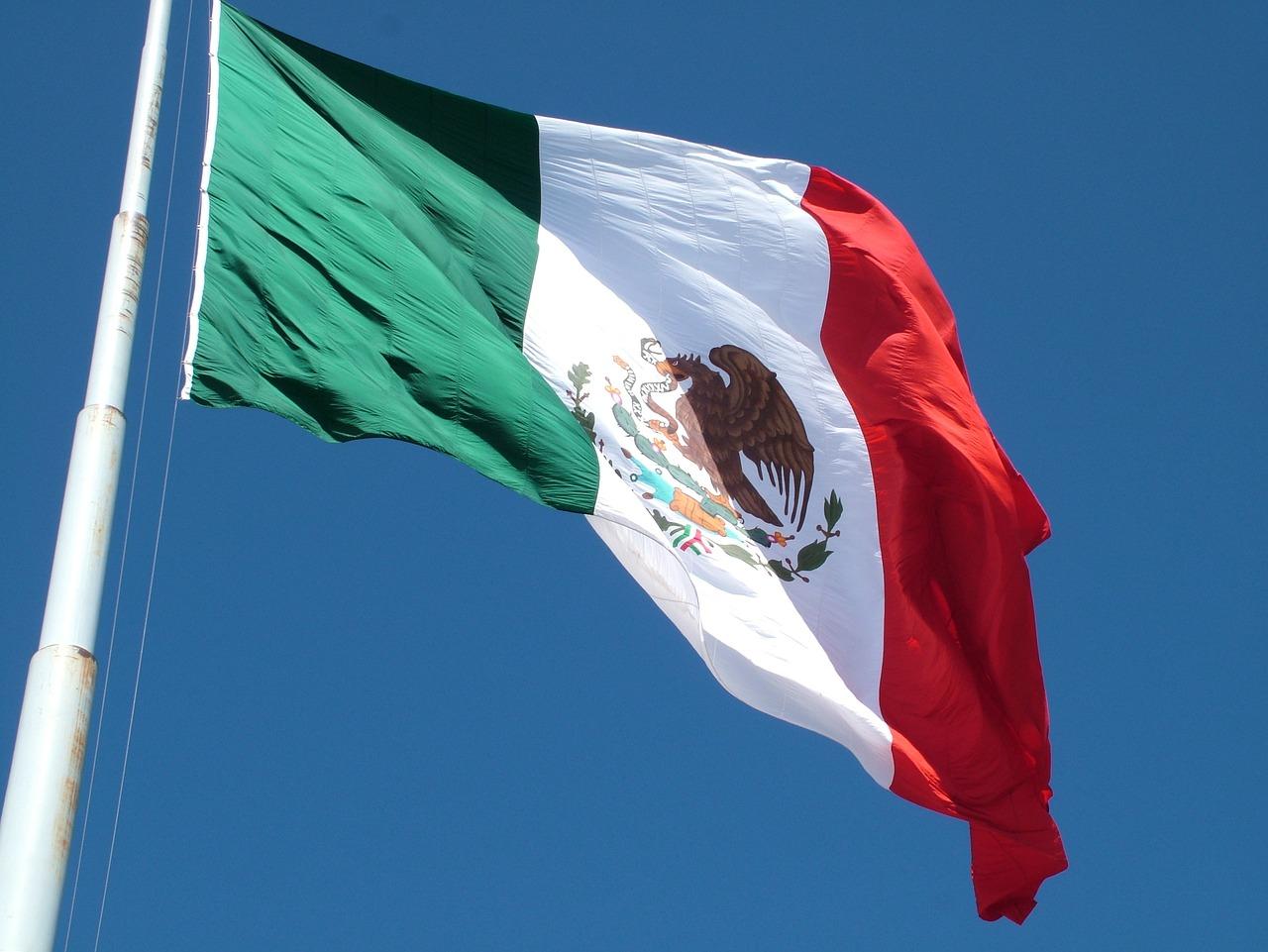A late June visit by India’s Prime Minister Narendra Modi to the United States to meet with U.S. President Joseph R. Biden, Jr. affirmed the two countries’ investment in one another, as bilateral trading partners and two of the world’s largest economies with mutual interests in some of the most urgent global issues of today.
The meeting between the two leaders welcomed collaboration in areas that include semiconductor production, securing mineral supply chains, clean energy, pharmaceuticals, defense, space, aviation, digital infrastructure and greater support for small and medium-sized companies.
The full rundown of shared efforts by the two nations is outlined in the Joint Statement from the United States and India, which puts the willingness and commitment of both administrations to work together on full display.
One manifestation of this commitment is the pledge by India’s VSK Energy LLC to invest up to $1.5 billion for building out a solar panel manufacturing presence in the states, according to the statement. Boise, Idaho-based Micron Technology has likewise announced up to $825 million for creating a new semiconductor assembly and test center in India.
With bilateral trade more than $191 billion in 2022, estimated to have almost doubled from 2014, according to the joint statement, an important takeaway from Prime Minister Modi’s visit was the resolution of six outstanding WTO disputes. As part of this development, expanded market access will be given to steel and aluminum exports from India into the U.S. The move is expected to drive Indian exports in this category by 35%, according to India’s Ministry of Commerce.
In a reciprocal gesture, tariffs previously imposed on American agricultural exports like apples, chickpeas, and almonds have been lifted, creating greater commercial opportunities for U.S.-based food producers.
Though the resolutions keep tariffs in place on steel and aluminum imports into the U.S., which were set in 2018 on importing countries for national security reasons, the understanding between the two nations marks their mutual strides to clear trade barriers.
In fact, evident throughout the statement was the theme of increased collaboration to foster resilient supply chains. Pharmaceuticals, one of India’s top exports and an industry valued at USD 50 billion nationally, as reported by Invest India, was one such key area that the two leaders looked to strengthen. Other science-based solutions, developed together with Israel and the United Arab Emirates in addition to US and India participation, were also discussed, according to the statement, and could be leveraged to improve food security.
Pulkit Kapil, Senior Vice President and Head of Commercial – India at Tradewind Finance, an international trade finance company with local offices throughout India, commented on the enhanced partnership between the two countries:
“The recent visit of Honourable Prime Minister Shri Narendra Modi to the U.S. marks a significant milestone in strengthening India-U.S. ties. As the leaders discussed crucial areas of collaboration, including semiconductor production, clean energy, defence, and resilient supply chains, this milestone achievement further strengthens the bond between India and the U.S. As a trusted trade finance partner, Tradewind stands committed to providing tailored financial solutions, enabling Indian SMEs to seize new opportunities and driving sustainable growth for Indian businesses on the global stage.”
Trade finance is estimated to support 80 to 90 percent of global trade, according to the World Trade Organization. It is a set of financial instruments that facilitate payment processes, mitigate risk, and ensure goods are delivered to their destination smoothly and securely.
Export factoring, one type of trade finance service, involves the purchase of a company’s receivables by a financial intermediary. The intermediary, in turn, advances the majority of the invoice value, in cash, to the company, typically within 48 hours of invoice submission. This exchange allows the company to receive the payment owed to them almost immediately rather than having to wait up to three months to be paid by their customer – common credit terms in today’s sales transactions.
With the two leaders vouching to increase their support for SMEs, trade finance, which many smaller and midsize companies opt for to improve their cash flow, will remain an important factor in smoothing transactions between the two countries. SMEs, which can have less established operating histories and may be turned away from traditional banks on this premise, commonly seek out trade finance offered by non-bank financial corporations; this alternative financing, which comes without the strict regulations that are tied to conventional banking, is known to be more flexible and conducive to SMEs’ needs.
The United States has become India’s largest trading partner on “account of increasing economic ties between the two countries,” as reported recently by The Economic Times. The U.S. is also currently the world’s second largest exporter, the International Trade Administration has shown.
Given this robust commercial trajectory and partnership, the loosening of trade barriers and renewed commitment by Modi and Biden can have great economic benefits for the two countries and the larger global market. Trade finance, the centuries-old financial arrangement that much of global trade still depends on, will be here to help ensure payments, move goods, and provide support for all the many crucial small and medium businesses that make the world turn.
About Tradewind Finance
Founded in 2000, Tradewind Finance maintains a network of offices all over the world, including Bangladesh, Brazil, Bulgaria, China, Hong Kong SAR, Hungary, India, Pakistan, Peru, Turkey, UAE, and the USA as well as the headquarters in Germany. Combining financing, credit protection, and collections into a single suite of trade finance products, Tradewind brings streamlined, flexible, and best-in-class services to the world’s exporters and importers.

